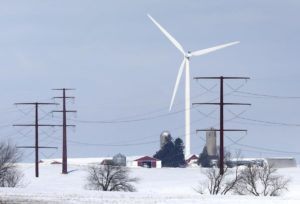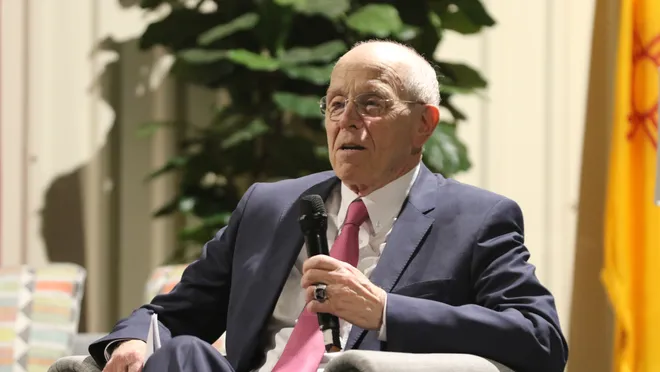 As record-breaking cold swept across Texas this week, millions of people were left shivering in the dark as the state’s power grid failed to meet the surging demand for electricity, crippled by temperatures in the single digits.
As record-breaking cold swept across Texas this week, millions of people were left shivering in the dark as the state’s power grid failed to meet the surging demand for electricity, crippled by temperatures in the single digits.
So why does the power continue to work in places like Wisconsin, where bitter cold is a way of life? The reason is simple: Generators in the Upper Midwest are designed to work in frigid conditions, unlike those in Texas.
As record-breaking cold swept across Texas this week, millions of people were left shivering in the dark as the state’s power grid failed to meet the surging demand for electricity, crippled by temperatures in the single digits.
So why does the power continue to work in places like Wisconsin, where bitter cold is a way of life? The reason is simple: Generators in the Upper Midwest are designed to work in frigid conditions, unlike those in Texas.
“We designed all our infrastructure for these bitter-cold temperatures,” said Paul Wilson, a professor of nuclear engineering at UW-Madison who studies electrical systems.
Paul Wilson
That means insulation, heated pipes, crushers to break up frozen coal.
“We design everything with the understanding that it can get down to 40 degrees below zero and even stay there for a few days,” said Madison Gas and Electric spokesman Steve Schultz. “We also test our equipment regularly to make sure it’s working properly and prepared for frigid conditions.”
Wind turbines are equipped with winter weather packages such as heating elements to keep ice off the blades and insulated gearboxes, allowing them to work at temperatures as cold as 22 below zero.
“This is just something we do to ensure we can continue to provide our customers with safe, reliable service,” Schultz said. “It’s really just part of our planning and design process.”
‘A mix of everything’
Despite claims from some right-wing politicians and pundits who see renewable energy as a threat to the fossil fuel industry, frozen wind turbines were a small part of the problem in Texas. The cold snap there has affected virtually every type of generator, including the coal and natural gas plants that provide about three quarters of the state’s electricity.
‘A mix of everything’
Despite claims from some right-wing politicians and pundits who see renewable energy as a threat to the fossil fuel industry, frozen wind turbines were a small part of the problem in Texas. The cold snap there has affected virtually every type of generator, including the coal and natural gas plants that provide about three quarters of the state’s electricity.
What happened in Texas — unusually deep and widespread cold — is the type of low-probability, high-impact event that Roald has been studying.
Utilities can build power plants to withstand all kinds of weather conditions, but it costs more money. On the other hand, people want cheap electricity.
“Which scenario should you plan for?” Roald said. “It’s a really tricky question to answer.”
What happened in Texas — unusually deep and widespread cold — is the type of low-probability, high-impact event that Roald has been studying.
Utilities can build power plants to withstand all kinds of weather conditions, but it costs more money. On the other hand, people want cheap electricity.
“Which scenario should you plan for?” Roald said. “It’s a really tricky question to answer.”




0 Comments